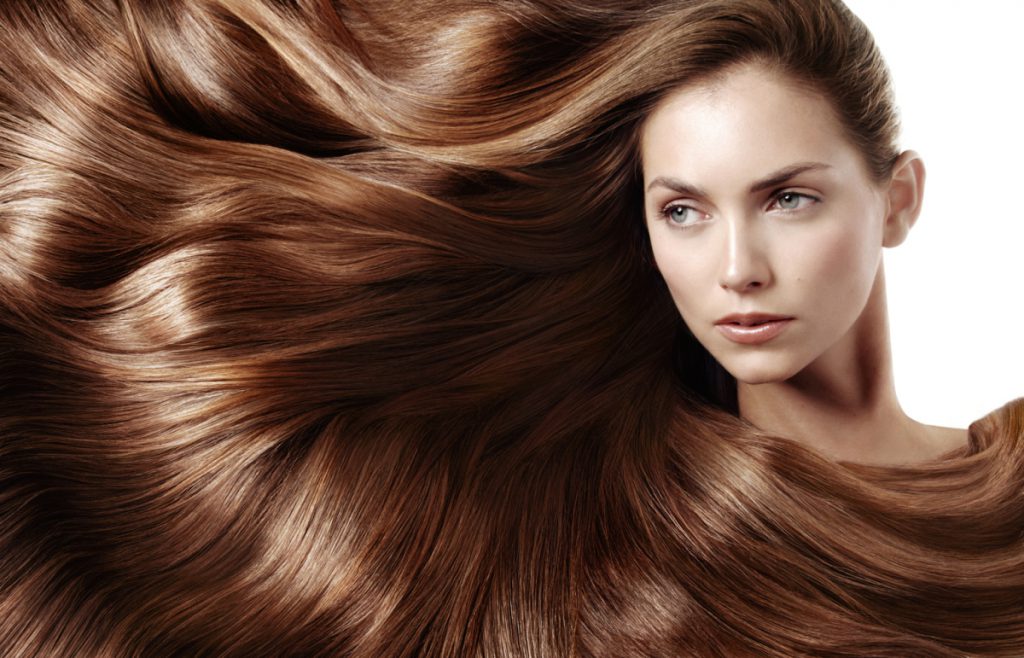Emollients, proteins and humectants constitute the basis of the three stages of the hair care. Each of those substances has a different function but they all complement one another and should be used simultaneously. What properties do they have and how to use them?
Emollients – properties
Emollients have lubricating properties and protect the hair from moisture loss. They consist of hydrophilic and fatty acids and fats.
How to use emollients?
The amount of emollients used should be adapted to the condition of our hair. If the dose is appropriate, the hair is smooth, shiny and easy to comb. Emollients should be used as a supplement to humectants, especially on very dry or humid days. It is not recommended to use emollients too much as the hair becomes flat and appear greasy. In turn, when there are too little emollients used, the hair tangles, frizzes and get static electricity.
Emollients – cosmetic use
Emollients can also be used in food products, for example in butter, oil (sunflower oil or olive oil) or lard. In cosmetics, they are in the form of oils, masks and conditioners. Emollients can be found in products containing coconut and argan oils, shea butter, silicones and paraffin.
Proteins – properties
Human hair is made of amino acids. Because proteins are also made of amino acids, they are used to supplement the structure of the hair. In general, proteins strengthen our hair and emphasize its natural curl.
Proteins can be grouped by the size of molecules into:
- amino acids – they have the smallest particles. They occur in arginine and l-cysteine;
- micromolecular proteins – their particles are slightly larger and penetrate deep into the hair. They are found in keratin, elastin, collagen and silk;
- macromolecular proteins – they act on the surface of the hair. They can be widely encountered in common products such as yolks, kefirs, yogurts and gelatine.
How to use proteins?
It all depends on the hair porosity. Hair with low porosity is slippery and very smooth. Such type is considered to be healthier than high porosity hair, but it does not respond well to proteins – they make the hair flat. In turn, hair with high porosity generally frizzes and gets static electricity, being at the same time hard to comb, but thanks to proteins it gains elasticity and volume.
It is enough to apply a protein treatment 2-3 times a month. A more frequent use can make the hair tangled, dry and brittle.
Proteins – cosmetic use
Most often, proteins are available in the form of conditioners and masks. The most popular proteins used in these cosmetics are:
- keratin,
- collagen,
- silk,
- sericin,
- elastin,
- wheat proteins,
- corn proteins.
Humectants – properties
Humectants are hygroscopic substances that make the hair retain moisture. They are also called humidifiers because they absorb water from outside and provide the hair with it. If the humectants do not receive enough amount of water, they start to take it from the skin and hair, which become dry as a result. For this reason, humectants should be used together with emollients that protect the hair from moisture loss.
How to use humectants?
The use of humectants depends primarily on atmospheric conditions, and more specifically on air humidity. On a rainy or foggy day, you should reduce the dose of humectants; otherwise, the hair cuticle will open in order to absorb the water from the surroundings. In turn, on dry days humectants leads to the evaporation of water from the hair’s surface. For this reason, humectants should be used when the outdoor temperature is moderate.
Humectants – cosmetic use
Cosmetics that contain humectants are available in drugstores, usually in the form of conditioners and masks. Choose cosmetics with the addition of the most popular humectants, such as urea, hyaluronic acid, d-panthenol, glycerol, aloe vera and sodium lactate.


















Leave a Reply